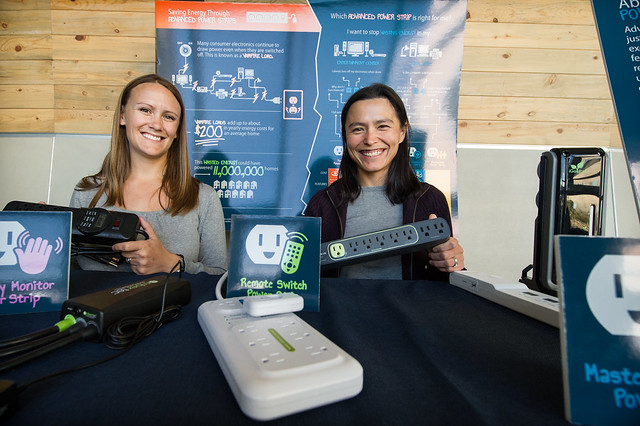This Energy Efficiency Day, we want to empower you to take a closer look at your energy use. If you are hosting an #EEDay2021 event or looking for an activity to share energy efficiency with family, friends, coworkers, or neighbors, use this checklist to host your very own mini energy treasure hunt.
You can do this efficiency hunt solo, or form a team to see all the savings you can uncover. And if you think you need more help, don’t forget to consult with an energy auditor, the professional experts to help you better understand how to improve your energy efficiency.
- Start by checking appliances and technology such as computers, TVs, phone chargers, and cable boxes. You want to flag any devices in stand-by mode or not plugged into an advanced power strip. This is an easy change that can cut back between 10-20 percent of your energy use and plug load.
- Feel for air drafts under doors and temperature changes between rooms. This is how you can check the strength of your building envelope – the insulation and protection you have from the outdoors. If you observe variances in each room, you may want to invest in an energy audit, so you can get professional advice on how to better seal your home.
- Check panes of windows. Old windows can be easily corrected with caulking and some closer monitoring. As long as the issue is just a worn seal, you can probably take care of this upgrade on your own.
- Be on the look-out for inefficient lighting. A simple and affordable change, efficient LED light bulbs often available on sale or at low-cost from rebates available at your local utility, are another easy way to save on energy bills. By replacing all of your lighting, you can save as much as $75/year.
-
Check the temperature setting for the thermostat. Shaving down heating and cooling costs means monitoring the thermostat set-points. You need to stay steady at 78 degrees in the heat of summer to cut back energy use, and in the winter, setting to 68 degrees, will keep you warm and save money.
-
See what the last setting is on your clothes washer and dishwasher. If cold cycle for your clothes and no-dry is used for your dishwasher, you are all set. Otherwise, try washing clothes with cold water, and hand dry your dishes. You’ll definitely use less energy with these simple modifications.


Recent Comments